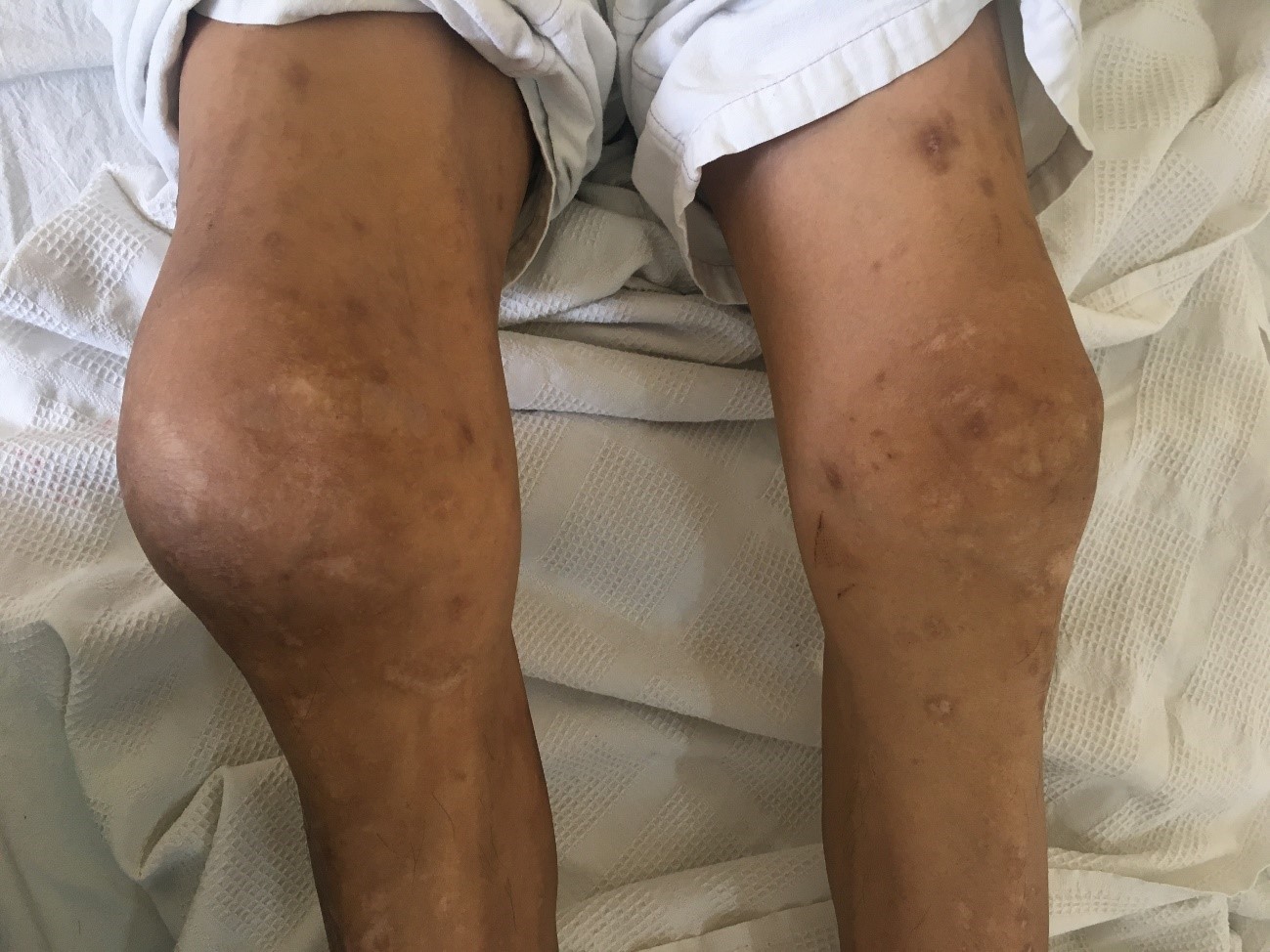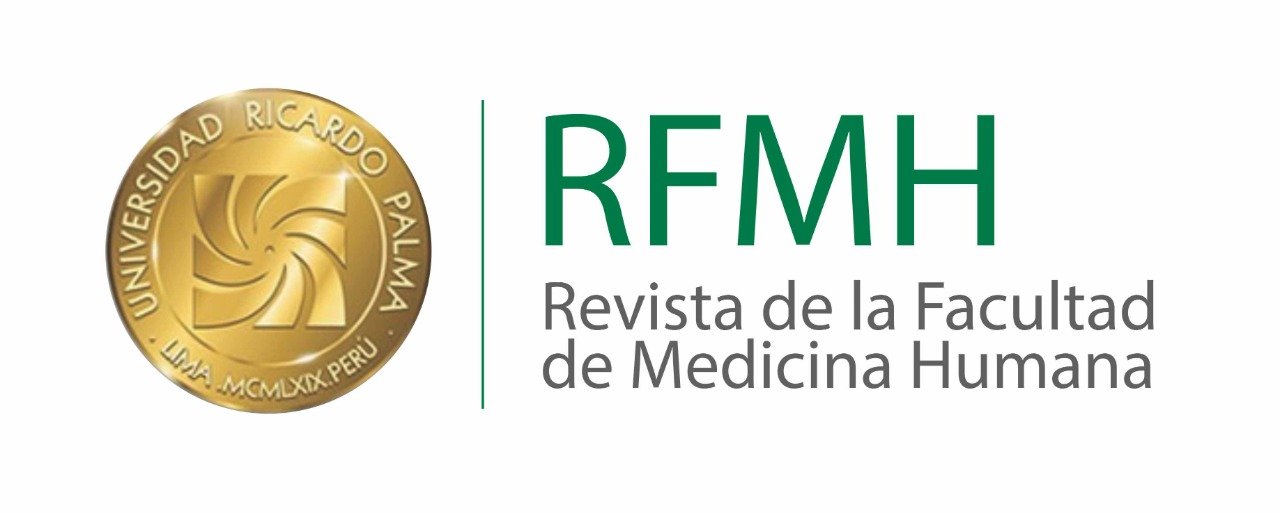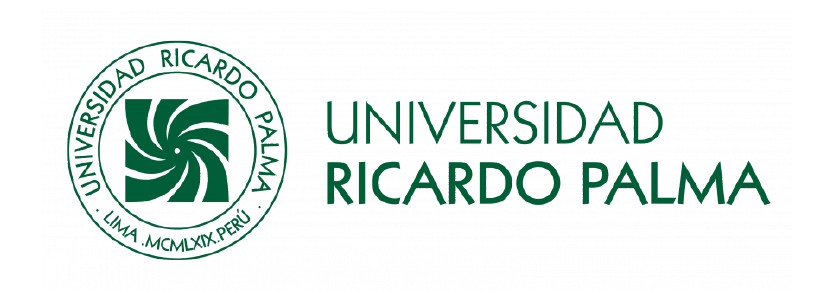Charcot neuroarthropathy: Differential diagnosis of monoarthritis of the knee in patients with type 2 diabetes mellitus
Neuroartropatía de Charcot: Diagnóstico diferencial de monoartritis de rodilla en pacientes con diabetes mellitus 2
DOI:
https://doi.org/10.25176/RFMH.v22i4.5107Keywords:
Neurogenic arthropathy, Charcot's joint, Diabetes complications, Diabetic neuropathies, MonoarthritisAbstract
A 46-year-old man with long-standing, poorly controlled diabetes is hospitalized for right knee monoarthritis after trauma. His clinical evaluation found joint deformity, synovitis in the right knee and absence of multiple toes due to a history of amputation. With the radiological evaluation that showed bone destruction and the synovial fluid analysis that ruled out infectious causes and microcrystal arthritis, the diagnosis of Charcot neuroarthropathy of the knee was made. Conservative management was indicated with the use of a felt insole for unloading and the use of a walker, the case being followed up to define behavior according to evolution. Despite being rare, it is important to consider Charcot neuroarthropathy in all diabetic patients with monoarthritis of the knee, in order to make an early diagnosis and avoid important complications and sequelae, always ruling out infectious causes and arthritis due to microcrystals.
Downloads

Downloads
Published
How to Cite
Issue
Section
License
Copyright (c) 2022 Revista de la Facultad de Medicina Humana

This work is licensed under a Creative Commons Attribution 4.0 International License.





























